Scientists hope to bank on local vaccine as leptospirosis cases hit 5-year high in Philippines
The country's leading experts on leptospirosis are developing the first locally-produced vaccine that targets specific strains, but they lack funding.
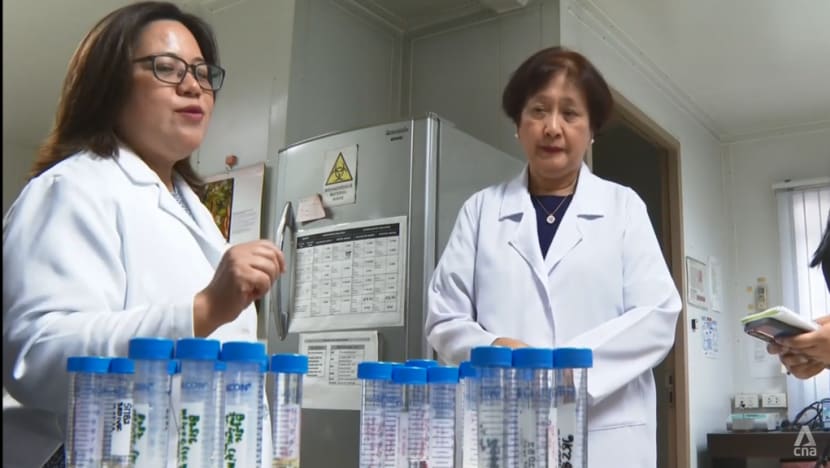
Microbial immunology expert Dr Nina Gloriani and microbiologist Dr Sharon Villanueva are the country's two leading experts on leptospirosis. They are working to develop a localised vaccine for the disease.

This audio is generated by an AI tool.
METRO MANILA: The Philippines’ top state university is calling on research and development partners and co-investors to fund further clinical trials for a local leptospirosis vaccine, as cases hit a five-year high in the country.
Microbial immunology expert Dr Nina Gloriani and microbiologist Dr Sharon Villanueva, the country's two leading experts on leptospirosis, are developing the first locally-produced vaccine that targets specific strains.
Through years of study, they identified the types of Leptospira bacteria that exist in the Philippines and the animals that carry them.
Dr Gloriani said tests showed that imported vaccines could not neutralise the types of Leptospira bacteria found in the Philippines.
“Leptospirosis is geographic. What you have in the United States may be different from what we have here, and it has a bearing especially to the development of vaccines,” she told CNA.
She added that developing localised vaccines could benefit other Southeast Asian nations which may have similar bacteria types to those found in the Philippines.
In 2010, Dr Gloriani secured a five-year grant from Japan to set up a laboratory at the University of the Philippines’ (UP) College of Public Health, where initial testing proved the vaccine was safe and efficacious on a hamster control group.
The next phase of trials will be more challenging, where the vaccine will be tested on dogs. The plan is for the vaccine to be used on other animals, before being developed for humans.
RISE IN CASES
The scientists have mapped the risk factors that contribute to the circulation of the disease, showing the probability of contracting leptospirosis is much higher in dense and underdeveloped areas.
The zoonotic disease is transmitted to humans from the tissue or urine of animals infected with the Leptospira bacteria. They seep into water and soil, making residents staying in flood-prone areas particularly susceptible.
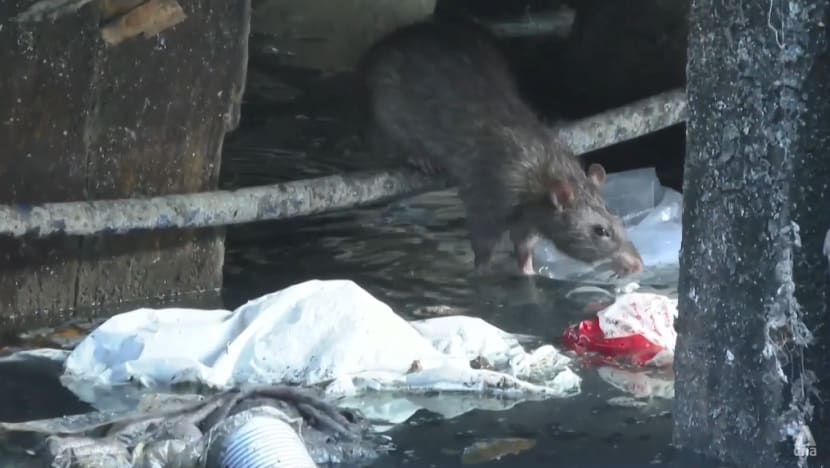
Rodents are one of the most common carriers of leptospirosis. Underprivileged groups are more vulnerable, as they are more likely to live in unsanitary conditions where such pests thrive.
Other animals such as dogs and livestock including carabao, cows and goats can also spread the disease.
“A majority of those affected by leptospirosis belong to the low- and middle-income class. Most of them do not receive enough support for them to be taken care of, especially in hospitals,” said Dr Villanueva.
“(We) want to alleviate them from those problems, that is the number one motivation that we have as Filipino researchers."
This year, as of Nov 18, nearly 6,000 people have been infected and 639 have died from leptospirosis in the nation, the highest in five years.
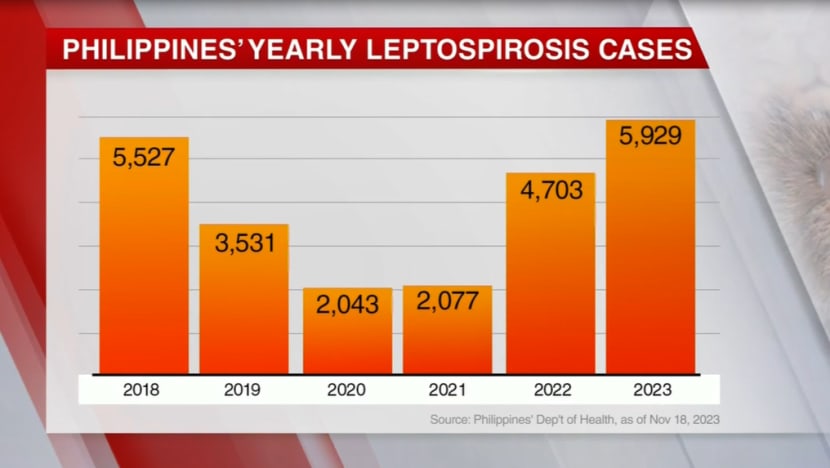
Cases are even higher than in 2018, when an outbreak of the disease rampaged through multiple parts of Metro Manila.
From 2018 to 2023, the disease registered an above 10 per cent average fatality rate, with more than 420 deaths per year.
NEGLECTED DISEASE
Floodwaters increase the risk of transmission, as contaminated water could come into contact with an open wound, especially when people wade through without protective gear.
The illness is endemic in tropical Philippines, where about 24 million people have limited or no access to toilets.
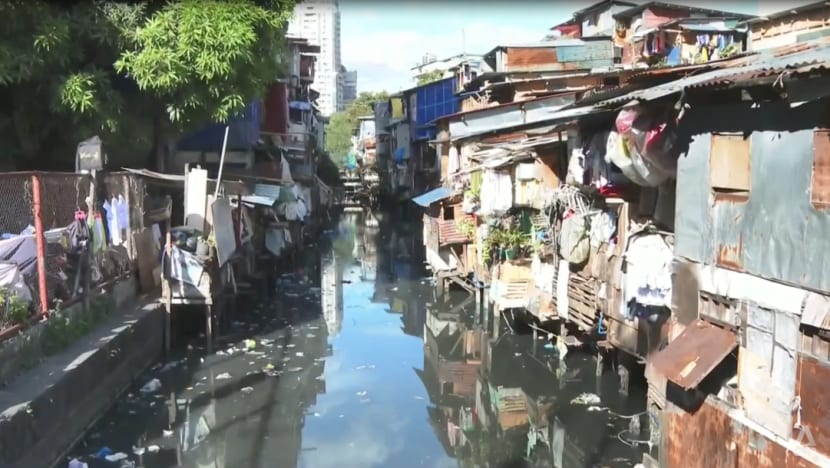
Dr Villanueva added that labourers who serve as primary breadwinners in Filipino households are especially at risk, as they are often outdoors. For them, getting infected could mean losing their primary income source while they recover from the disease.
“It’s not just a health problem but also an economic burden to those affected families,” she said.
Scientists like her are lobbying for leptospirosis to be included in the World Health Organization’s list of neglected tropical diseases to raise awareness and funding in combatting the disease.
Dr Gloriani said that if the disease was prevalent among privileged groups, sourcing funding for vaccine development would be much easier.
Japan was able to bring down leptospirosis fatalities through vaccination targeting at-risk populations, Dr Villanueva added.
DEALING WITH THE DISEASE
Leptospirosis can cause a wide range of symptoms like fever, headache, chills and muscle pains, which are similar to those of regular colds and flu, making detection difficult.
However, if left untreated, it is potentially life-threatening and can lead to kidney damage, liver failure, and even death.
Among those suffering from the disease is grade-12 student Cyrus Lescano, who was diagnosed with severe leptospirosis two months ago. He later faced complications in his lungs and kidneys.
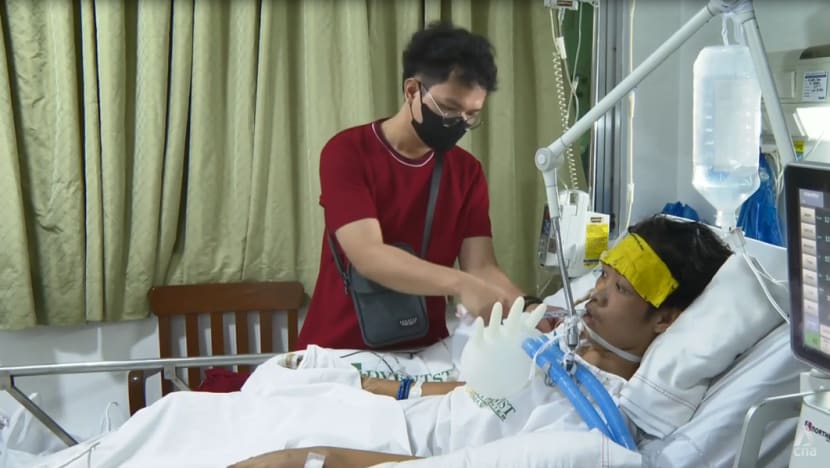
Medical services in the public hospital where he was initially confined at in his home province of Laguna are considered inadequate to deal with his health complications. His family packed up and took him to a hospital in Metro Manila for treatment.
Since then, they have all been living with Cyrus in his admission room at the medical facility, and their bill has ballooned beyond what they can afford.
“We lost our source of income, which was cooking and selling food, because we had to care for him here in the hospital. If you are poor, it is difficult,” said his father Claro Lescano.
The UP Manila lab opened 13 years ago, but there is more work to be done as funding remains scarce, the scientists said.
As the nation awaits the availability of such a vaccine, the burden of leptospirosis continues to weigh heaviest on underprivileged groups such as Cyrus and his family.














